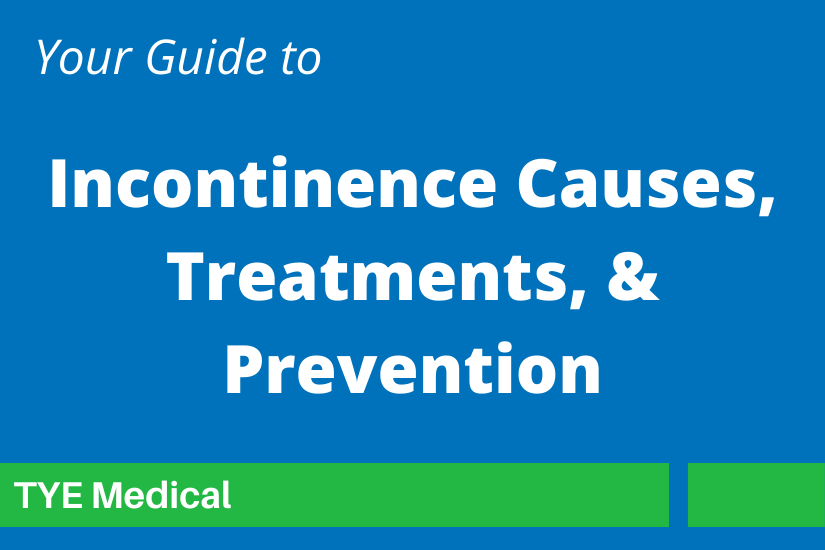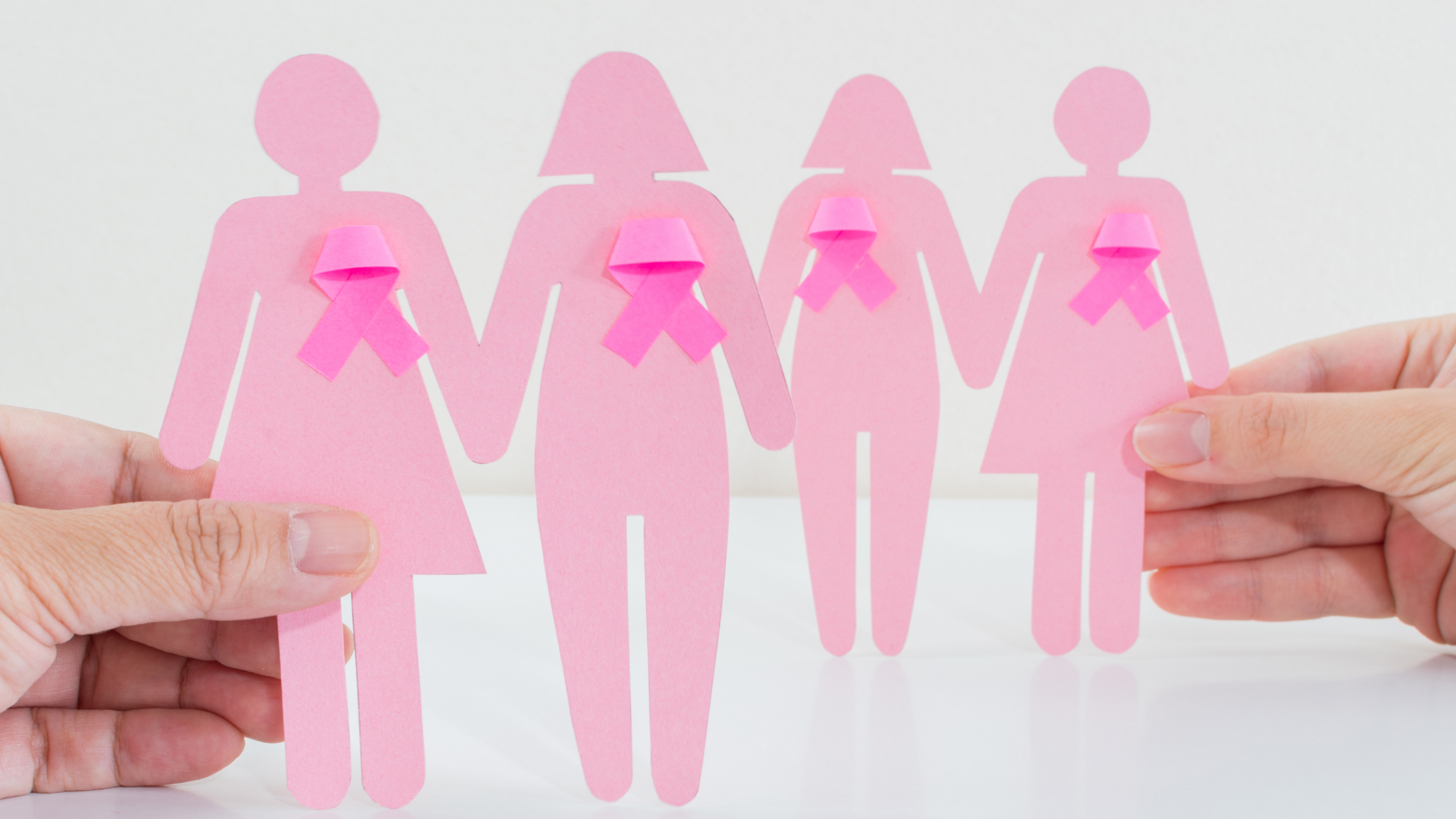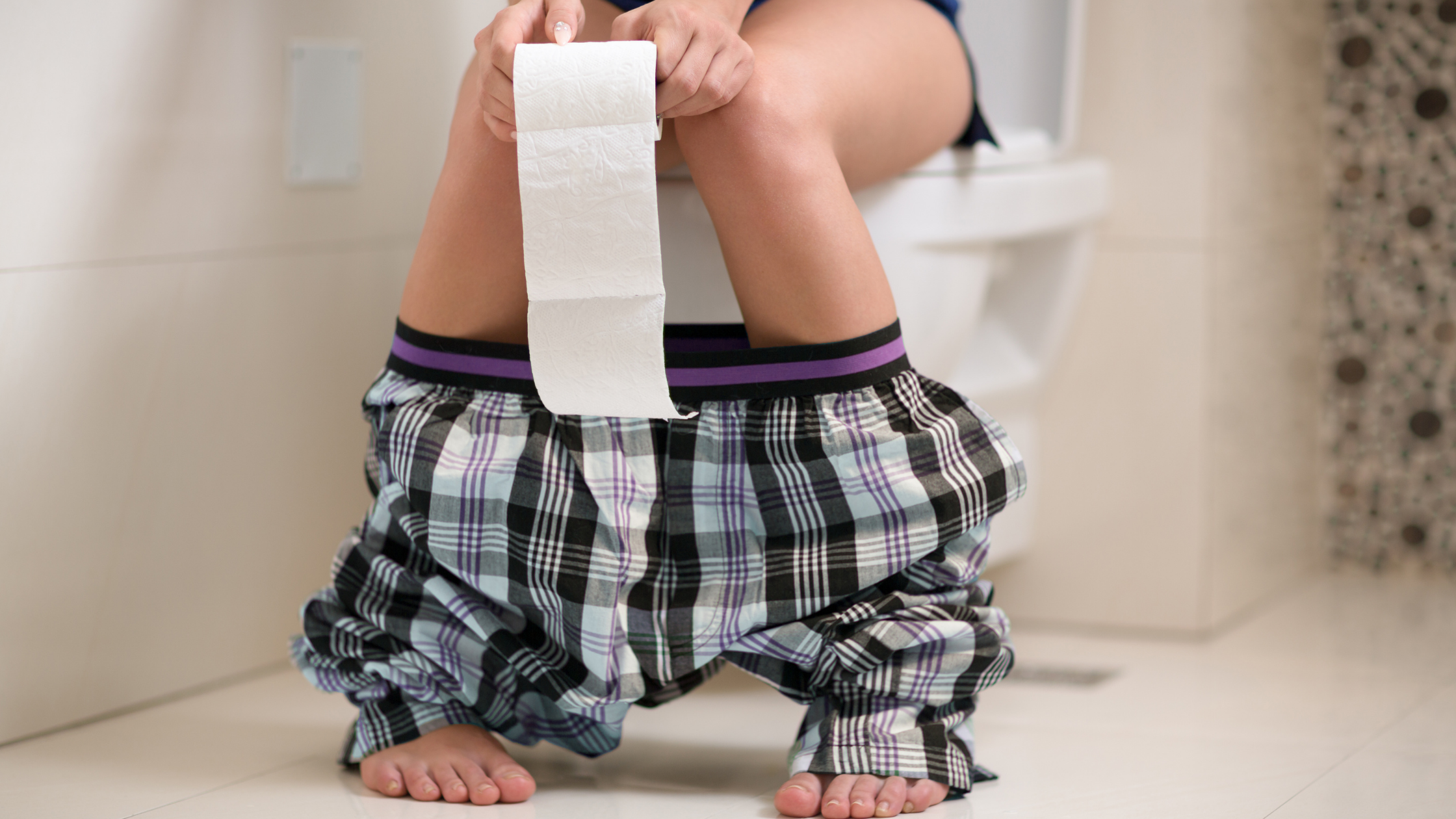Incontinence Causes, Treatments, and Prevention

Incontinence is the involuntary loss of bladder or bowel control, and it’s often described as an “accident.” The severity varies from a dribble or leak to a complete loss of control over the bladder or bowel. While it’s often more common in older adults, symptoms can occur at any age.
For additional information, refer to our article, Urinary Incontinence Treatment: Natural Remedies, Medications, Devices, and Procedures You Should Know About.
What Causes Incontinence?

Urinary incontinence can happen for many reasons.
Weakened Pelvic Floor Muscles
While there is some natural weakening of the pelvic floor as you age, other factors like pregnancy, giving birth vaginally, and prostate surgery can weaken muscles further. Since the pelvic floor supports your bladder and other pelvic organs, weakened muscles put more pressure on your bladder, sometimes causing leaks.
Muscles in the pelvic floor are also responsible for cinching the urinary sphincter, which stops urine flow. When a weakened pelvic floor interferes with proper sphincter function, urine passes through involuntarily in varying degrees.
Menopause
Dropping estrogen levels cause a weakening and thinning of pelvic floor ligaments that hold your bladder in place. The hormonal changes also weaken muscular tissues surrounding the urethral sphincter and even make your bladder lining more sensitive (often triggering an overactive bladder). All of these menopausal changes increase the likelihood of urinary incontinence.
Enlarged Prostate or Prostate Cancer
Due to inflammation or cancerous growth, a larger than average prostate presses on the bladder, which sits directly above the prostate. The added pressure can cause urine leaks or dribbles that can be minor or problematic.
And since the urethra runs directly through the prostate, an enlarged prostate can act as an obstruction and block urine flow. Eventually, the bladder will become overfull, causing overflow incontinence.
Neurological Disorders
Conditions that affect the nerves can also create dysfunction in bladder nerves that cause incontinence.
Neurological disorders include:
- Muscular sclerosis (MS)
- Parkinson’s disease
- Strokes
- Brain tumors
- Spinal injuries
- Diabetes (diabetic neuropathy or nerve damage)
Sometimes this disruption causes overactive bladder (OAB) because your bladder nerves become overly sensitive and trigger the urge to urinate before your bladder is full. Nerves can also be damaged and desensitized. When this happens, you won’t know you have to go until your bladder is overfull or perhaps won’t sense the urge until it’s too late. This can cause incontinence.
What Are the Risk Factors for Urinary Incontinence?

Aside from age, the following factors make you more likely to develop incontinence:
- Being a woman (especially if you’ve been pregnant or had vaginal deliveries)
- Being overweight
- Smoking
- Having a family history of incontinence (especially urge incontinence)
- Having neurological diseases
- Having diabetes
- Having prostate surgery
- Having chronic anxiety
What Are Incontinence Symptoms?
Incontinence symptoms vary depending on the type, and you can experience very mild to severe bladder or bowel leaks.
Stress Incontinence
This happens when you leak urine due to the pressure exerted on your bladder during exercise, sneezing, coughing, laughing, or lifting. The volume of urine varies.
Overflow Incontinence
You experience frequent urine dribbles because you can’t empty your bladder completely.
Urge Incontinence
You feel a sudden and intense urge to urinate and then involuntarily pass urine. Many people also experience frequent urination with this type of incontinence. You can have leaks whether you’re active or not.
Mixed Incontinence
When you have more than one type of incontinence, it’s called “mixed” incontinence. Most people with this type have a combination of stress and urge incontinence.
Functional Incontinence
It’s considered functional incontinence when physical or mental impairment keeps you from making it to the toilet in time (or knowing what to do when you get there). This happens if you have severe arthritis or dementia, for example.
Bowel Incontinence
This type of incontinence causes stool to leak involuntarily. It might be the occasional leaking of stool when you pass gas or a total loss of bowel control.
What Are Urinary Incontinence Treatments?

Natural remedies, medications, devices, and surgery are all viable treatments for urinary incontinence. What’s suitable for you depends on the cause and severity of your symptoms. For most people, it’s helpful to begin with natural remedies to see what level of relief you experience.
You can also discuss the uses of medications or devices with your doctor, who can help you decide which approach is best for your symptoms and overall health. Doctors typically recommend surgical solutions if all other treatments fail and if the benefits outweigh the risks.
Natural remedies include:
Yoga
It helps you build core strength (including pelvic floor muscles, abs, obliques, lower back muscles). And since your core supports your pelvic floor muscles, you get the maximum benefits when working your entire core. Yoga also helps reduce stress and anxiety, which can trigger an overactive bladder (frequent urination) over time.
Kegel exercises
Even if you’re doing yoga, it’s a good idea to work in some Kegels throughout the day. These movements concentrate on strengthening the pelvic floor muscles that close your urinary sphincter and stop urine flow.
Bladder training
If your doctor verifies that your bladder leaks aren’t due to stress incontinence or too much pressure on the bladder, then bladder training might be an option. It’s urinating on a schedule that slowly increases your time between voiding. You’re training your bladder to hold urine longer without leaking.
A healthy interval is three hours between toilet trips, but if you have diabetes or drink a lot, going every two hours is reasonable. Just be sure to gradually increase the time between bathroom breaks by 15 minutes at a time. Once this is comfortable, increase your time by another 15 minutes until you hit your goal.
Increase vitamin D
Studies show that women with higher vitamin D levels are far less likely to develop pelvic floor disorders that trigger incontinence symptoms. You can include a vitamin D supplement in your diet while adding salmon, eggs, canned tuna, and dairy. Getting your daily sunshine, just 5-30 minutes twice a week (without sunscreen), can also boost your vitamin D levels.
Medications to consider:
Anticholinergics
If your bladder contracts involuntarily, causing urge incontinence, your doctor might recommend anticholinergics. These medications can take several weeks to begin working and up to 12 weeks before you experience the full effects.
Mirabegron (Myrbetriq)
If you’re not emptying your bladder and consequently urinating too frequently, this medication can help. It relaxes your bladder muscles so you can empty when you void, reducing your trips to the bathroom.
Onabotulinumtoxin type A (Botox)
Botox also helps alleviate frequent urination and urge incontinence due to overstimulated bladder nerves. It blocks the chemical messengers that tell your bladder to contract needlessly.
Estrogen Treatments
If your incontinence symptoms or OAB began during or after menopause, your doctor might recommend low-dose topical estrogen or an estrogen patch. The additional hormone can relieve your incontinence symptoms.
Imipramine (Tofranil)
This is a tricyclic antidepressant that relaxes the bladder muscles while contracting muscles in the bladder neck. The combined effect lets you hold more urine longer without leaking.
Alpha-blockers
The most well-known alpha-blocker is Flomax (intended to treat erectile dysfunction). But it’s also prescribed for men with overflow incontinence. It relaxes bladder neck muscles and muscles fibers in the prostate, reducing pressure on the bladder and allowing proper urine flow.
Devices:
Urethral inserts
This device acts as a plug that prevents urine from leaking out of the urethra. It’s commonly used to control stress incontinence during exercise or other activities and is removed before urination.
Pessary
It’s a ring that inserts into the vagina to help support your bladder and prevent stress incontinence. Doctors recommend this as an alternative to surgery for women with a prolapsed bladder.
Surgery
Bladder sling surgery is the most common procedure for treating stress incontinence. Your surgeon can use your body tissue or synthetic mesh to create sling-like support for your bladder neck and urethra. This provides the bladder support that’s lacking due to a weakened pelvic floor. It ensures the urinary sphincter will close adequately and relieves bladder pressure.
What About Bowel Incontinence Causes and Treatments?

Bowel incontinence can occur alongside urinary incontinence or on its own. Due to the nature of fecal matter, it can be more difficult to find suitable products to handle bowel incontinence.
Bowel or fecal incontinence is typically caused by:
- Muscle damage (typically from an episiotomy or forceps used during childbirth)
- Nerve damage (from neurological disorders, diabetes, chronic straining, chronic constipation, childbirth)
- Chronic constipation (impacted stool stretches muscles allow passing of liquid; can also damage nerves)
- Hemorrhoids (that keep anus from closing properly)
- Rectal prolapse
- Rectocele
- Irritable bowel syndrome (IBS)
- Inflammatory bowel disease (IBD)
Common bowel incontinence treatments include:
Managing diet
Avoid foods that cause loose stools like:
- Caffeine
- Alcohol
- Prunes
- Certain fruit juices
- Vegetables in beans and cabbage family
- Dairy products
- Artificial sweeteners
Bowel Training
The first type of bowel training for fecal incontinence is like training for the bladder. You go according to a schedule and gradually increase the time between bathroom trips. You can also talk to your doctor about taking a daily enema to help control stool removal and improve incontinence symptoms.
Another type of bowel training involves exercises that target and strengthen the muscle around the anus. It might require a trained therapist to help you locate and develop these specific muscles (biofeedback).
Medications/Supplements
Your doctor might recommend fiber supplements or anti-diarrheal medications to slow the movement of stool through your intestines. These curb incontinence symptoms, making bowel movements easier to control.
Surgical procedures
When appropriate, you can have surgery to repair damaged anal sphincter muscles or even receive an artificial anal sphincter to treat bowel incontinence.
If nerve damage causes bowel leakage, your doctor might recommend implanting a neurotransmitter to send mild electrical impulses to help control your bladder, sphincter, and pelvic floor muscles. This can relieve urinary and bowel incontinence symptoms.
A colostomy is often the last resort when no other treatments work effectively. After a surgeon makes an abdominal incision, a special pouch is attached to the outside of your abdomen to collect stool.
Can I Prevent Urinary Incontinence?

Prevention depends upon the cause, which means you can’t always avoid developing incontinence. But you decrease your chances by maintaining overall health and bladder health. Here are some tips to consider:
- Practice pelvic floor exercises (including Kegels) to strengthen bladder support
- Maintain a healthy weight to relieve bladder pressure
- Prevent constipation (eat plenty of fiber and drink hydrating fluids)
- Avoid bladder irritants like acidic foods, caffeine, and alcohol
- Don’t smoke (or quit)
- Don’t hold your pee too long, too frequently
- Reduce stress and anxiety that trigger frequent urination (OAB)
Even if you can’t stop the onset of bladder leaks, the above practices can often improve symptoms.
What Incontinence Products Are Best to Manage Incontinence?
TYE Medical offers premium incontinence products for every need.
For lighter bladder leaks, try our discreet light incontinence pads.
For moderate to heavy incontinence, try our Protective Underwear and Premium Briefs that are made to use with our two-piece system for convenience and cost savings.

